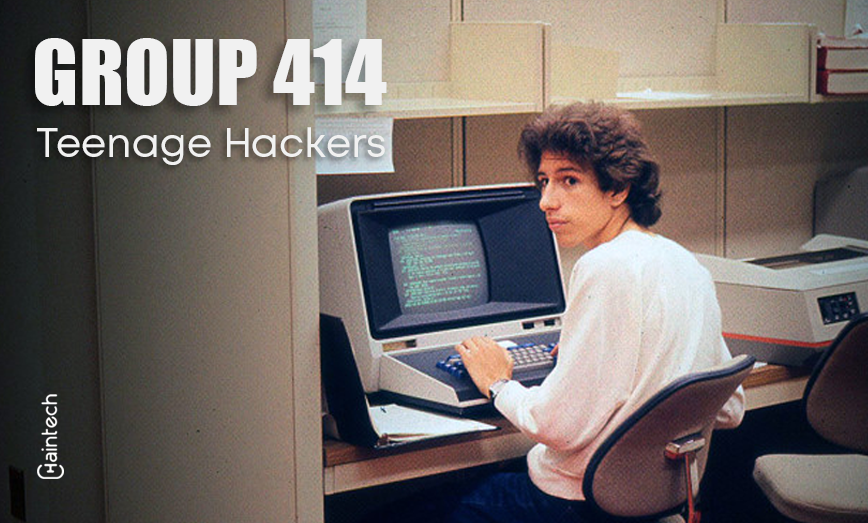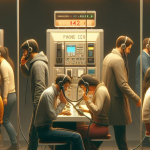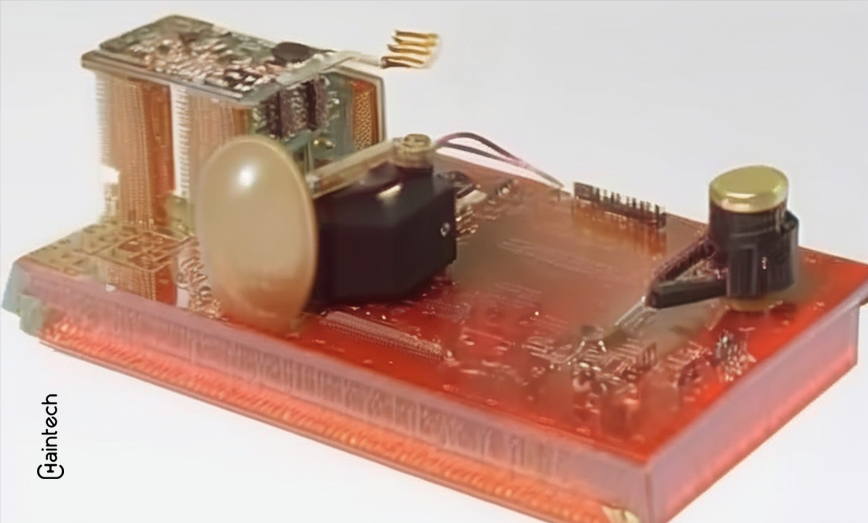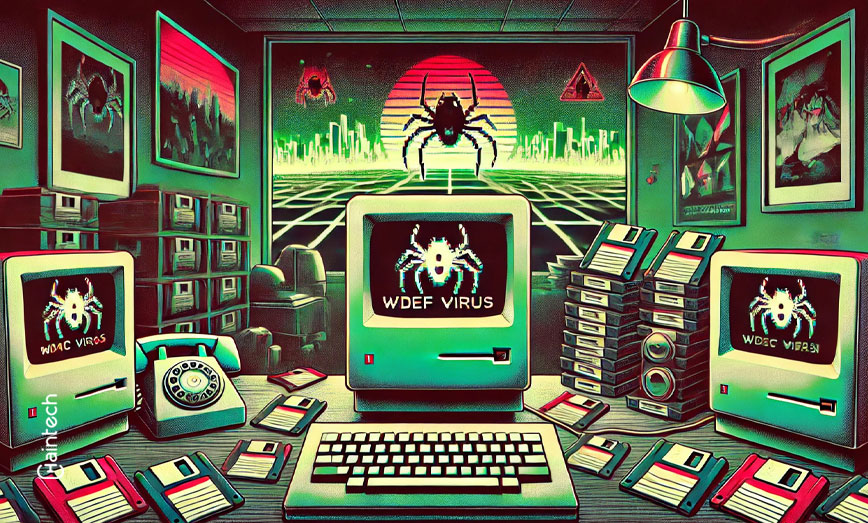Year 1982: The Saga of Group “414”- Milwaukee Teenage Hackers

Introduction
“Kids are curious.” And rightly so—curiosity is the mother of invention. As they grow, that curiosity only intensifies, especially when the world around them is on the brink of transformative change. Think of Professor Utonium from the Powerpuff Girls in his laboratory, diligently concocting his three beloved daughters. This scenario mirrors what occurs when you blend the ceaseless curiosity of children with their quest for adrenaline during their teenage years.
This plot takes us back to the year 1982, a pivotal moment in the history of computing. Just a year prior, IBM had introduced the world to the first personal computer, and soon after, the Commodore 64 would follow suit, capturing the hearts and minds of tech enthusiasts everywhere. It was amid this era of burgeoning technological innovation that the “414s” emerged.
Innocent at first glance, these tech enthusiasts were on a quest for entertainment—seeking out new games to play. However, their chosen path was different from the conventional. Instead of heading to the local arcade, they explored the protected world of computer hacking, muddling through the large network systems of high-profile organizations.
What ensued was not just a footnote in history, but an enthralling narrative that continues to resonate even in the year 2024. Join us as we unravel the adventurous escapades of Group 414—a tale that embodies the boundless curiosity of youth and the ever-evolving landscape of technology. Welcome folks, to the captivating saga of the 414 Group!
Forming of the Gang 414
In the 1980s, IBM sponsored various computer and technology programs aimed at high school students, fostering an environment for them to learn and excel in the latest innovations. Among these students was Tim Winslow, whose eagerness to explore uncharted technological territory led him on a remarkable journey.
Tim’s fascination with computers began in junior high school when his math teacher introduced a primitive computer—a teletype, a mechanical typewriter displaying text on a glass screen. Captivated by this device, Tim’s curiosity led him to spend a night at school just to gain deeper insights into its workings.
As time passed, Tim’s passion for computers only intensified, leading him to discover a community of like-minded individuals who shared his fascination. During his high school years, Tim became involved in an IBM-sponsored program known as the Explored Scout Program, where he met his future fellow hackers.
Bonded by their mutual interests, Tim and his five other peers formed a tight-knit group, often spending their free time downtown in Milwaukee. Their chosen activity? Collaboratively programming computer code. As they grew closer, they adopted a collective identity—the “414s.” The inspiration behind their group name was simple: the local telephone area code of Milwaukee, a nod to their shared roots and common passion for technology.
The Big Gig
Prior to their most significant exploit, the 414s utilized their home computers and telephone modems to connect to prominent computer networks nationwide. Their method of hacking was surprisingly straightforward: leveraging the readily available instruction manuals of the target computers. These manuals often contained default login information and passwords, which remained unchanged and overlooked by system administrators.
Initially driven by the pursuit of new games, the group’s activities took a more adventurous turn in 1983. They breached the Security Pacific National Bank in Los Angeles—a notable institution housing billions in assets. Shortly thereafter, they targeted a computer within the prestigious Los Alamos National Laboratory. For those who may be unfamiliar, Los Alamos National Laboratory is a prominent research facility specializing in nuclear weapons development. It gained historical significance for its important role in producing the atomic bombs utilized during World War II.
Despite their daring adventures, luck seemed to be on their side, as they escaped getting caught after such intrusions. However, their luck ran out when they accidentally deleted billing records while hacking into Memorial Sloan Kettering Cancer Centre. A vigilant administrator at the institution promptly noticed the anomaly and alerted the FBI.
The FBI swiftly intervened, tracing the incoming phone calls associated with the breaches. This led to the eventual apprehension of the 414s, marking the dramatic conclusion to their hacking spree.
Encounter with the FBI
The encounter between the 414s and the FBI unfolded as a game of cat and mouse. In order to confirm the involvement of these teenagers in the hacking incident at the Memorial Sloan Kettering, the FBI installed data capture devices on their telephone lines. Following their identification, several members of the 414 group, including Tim Winslow, Gerald Wondra, and Patrick (who were 20, 21, and 17 years old respectively at the time), were interrogated.
Following the interrogation, Tim Winslow and Gerald Wondra were found guilty and charged with two counts each of making harassing phone calls. Due to his status as a minor during the incident, Patrick avoided prosecution. Patrick emerged as the public face of the 414s, making appearances on various news shows and even testifying before Congress in Washington D.C. on the dangers of computer security.
Despite the tumultuous nature of their experience, the hacking spree of the gang had a notable impact. Their actions prompted the introduction of six new bills addressing various aspects of computer security and crime. Their exploits also brought attention to lax security practices at prestigious institutions like the Los Alamos National Laboratory. Subsequently, the 414s gained recognition, with their story immortalized in a documentary titled “The 414s: The Original Teenage Hackers,” which is available for streaming here.
For a detailed report of the prosecution of the Milwaukee Teenage Hackers: https://www.nytimes.com/1984/03/17/us/two-who-raided-computers-pleading-guilty.html









